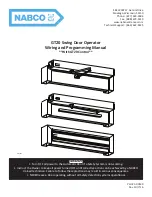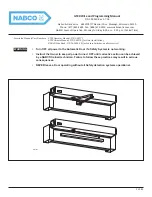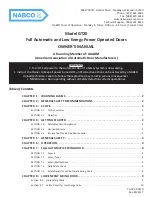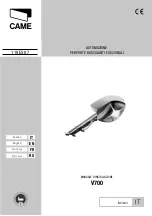
12
9. Bring the Electrode (4A) of the Torch close to the starting point of the cut. The
Working Indicator Light will come on.
10. Slowly move the Torch at a slight angle along the cutting line with the Torch tip trailing.
The air causes the molten metal to fall away from the work piece being cut. If proper
cutting is not achieved, adjust the Power Supply Controller to a higher level, and/or
increase air flow. To increase air flow, press the Power Switch to the Off (O) position,
then adjust the air pressure at the Air Pressure Regulator. The air will continue for a
few seconds once the trigger is released.
Note:
If too much current is drawn from the Plasma Cutter (i.e., short circuit), the Thermal
Switchman overload protector, will activate and the red Thermal Overload Indicator Light
will light. The Plasma Cutter will turn off until it cools down. To reset you must turn the
power OFF then back ON. Press the Trigger to begin cutting again.
11. When finished cutting:
a. Release the Torch handle trigger and lift the Torch handle from the work piece,
b. Press the Power Switch to the Off (O) position.
c. Set the Torch handle down on the metal workbench,
d. Turn the air supply off,
e. Unplug the line cord from the electrical outlet.
Plasma Cutting Technique
Using a plasma cutter is a skill that requires time and effort to do well. Practice striking
and maintaining an arc on scrap work pieces before beginning work. This will help you
gauge the best settings for the plasma cutter for the material at hand.
1. You can cut metal that will conduct electricity up to approximately 1/2” thick mild steel
or equivalent. Very thin or very thick metals are more difficult to cut cleanly.
2. Generally set the air pressure between 60 and 80 psi. Increased air pressure will
increase plasma speed and cutting pressure. Air pressure and amperage should be
adjusted in tandem.
3. Generally start with a mid-range amperage setting (32-33 amps) and adjust up or
down from there. Increased amperage will increase cutting heat. This is needed with
heavier and harder metals. However, increased amperage will reduce Duty Cycle time.
(See page 8.)
4. Move the cutting head more slowly for thicker and harder metals, and more quickly for
thin or soft metals. Keep the cutting head moving while cutting.
How do Plasma Cutters Work?
Plasma cutters work by feeding an inert gas (air) through an electric arc. The air is
then heated to an extremely high temperature which converts the gas to plasma which
cuts the metal.
High temperature and pressure are required to create a plasma. The electric arc
provides the temperature, and by exhausting the air through a very small orifice, the
pressure is increased far beyond the 60-80 PSI operating pressure of the air supply.
Содержание 597078
Страница 1: ...1 ...
Страница 16: ...16 ASSEMBLY STRUCTURE ...
Страница 18: ...18 Wiring Diagram ...
Страница 20: ...20 ...






































